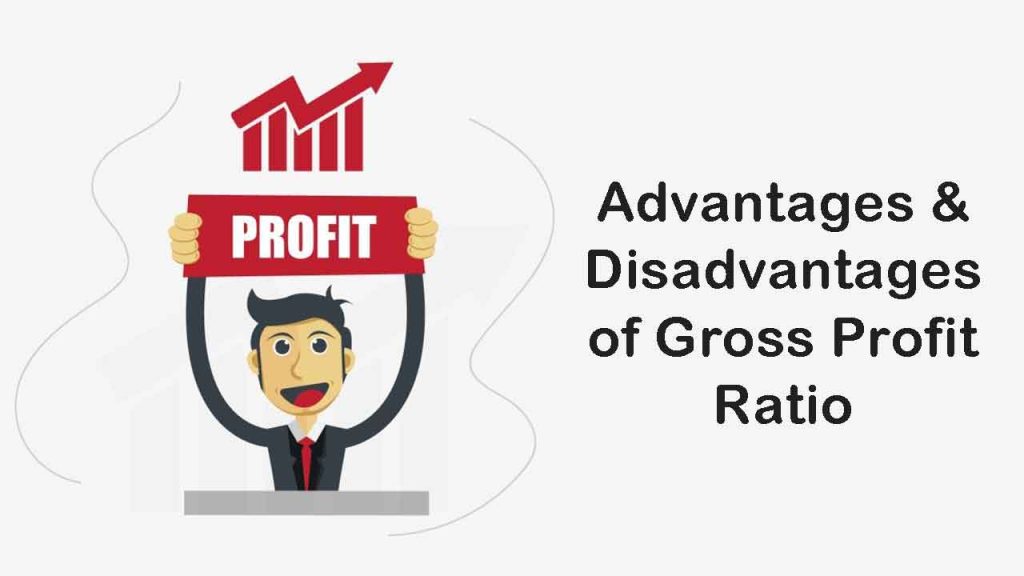The gross profit ratio is an indicator of a company’s overall profitability. It is represented as a percentage of a business’s operating profit of its sales or revenue. The disparity between profits and the expense of products sold is the gross profit (COGS). The GP figure is often referred to as the gross profit margin. The GP amount is moved to the credit side of the profit and loss statement.
The GP ratio is a helpful statistic that provides important knowledge about the business’s financial wellbeing. A healthy GP ratio means that a company is running smoothly. It also reveals when a business has obtained more than its actual costs. It makes it easier to compare the business to rivals by comparing its gross profit margin. If your GP ratio is higher than those of your rivals, your company is operating efficiently. If it is not products in contrast to the rivals, it is a sign to pay attention to the elements of gross profit, which are sales, price, and manufacturing expense.

Advantage of Gross Profit Ratio
- It is simple to measure and shows cost effectiveness, financial stability of the business, annual analysis of the business’s direct costs, and so on.
- It serves as the foundation for calculating other benefit factors such as net profit or operating profit, profit before tax, and profit after tax.
- It serves as a roadmap for businesses in changing their prices to maximize benefit.
- It is a valuable instrument for comparing a business’s results to those of its rivals in the market.
Disadvantages of Gross Profit Ratio
- It would not provide an accurate view of a business’s financial performance as it ignores all indirect costs such as wages, rent, electricity charges, and advertising expenses, and several other things.
- Since cost structures and profit calculation differ among businesses, gross profit margin is not necessarily a reliable indicator for business comparisons.
- It just considers the business’s viability and excludes other considerations such as a rise in manufacturing costs to acquire a supplier or a reduction in sale price to increase the market share, etc.
- Profit figures based on gross profit can be deceptive. Since only production expenses are included, and is therefore dependent on a stock valuation technique. For instance, the cost of materials can vary according to inventory valuation approaches such as LIFO, FIFO, and weighted average.





